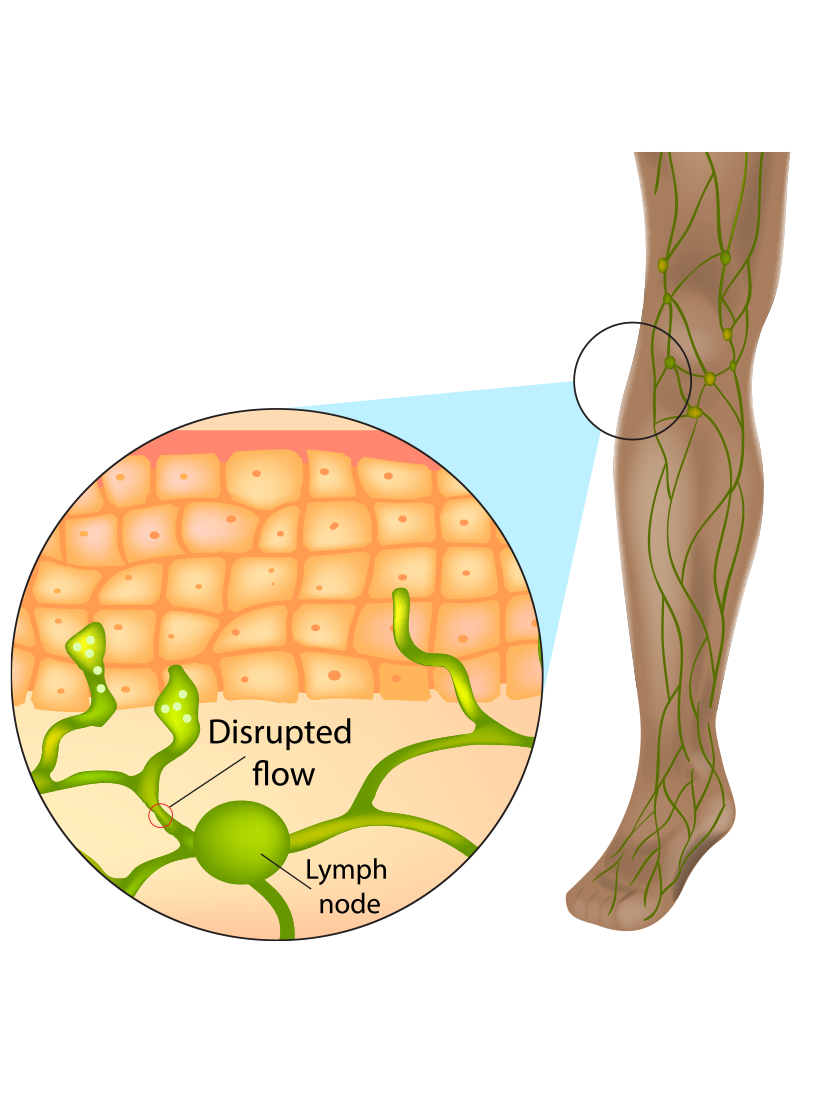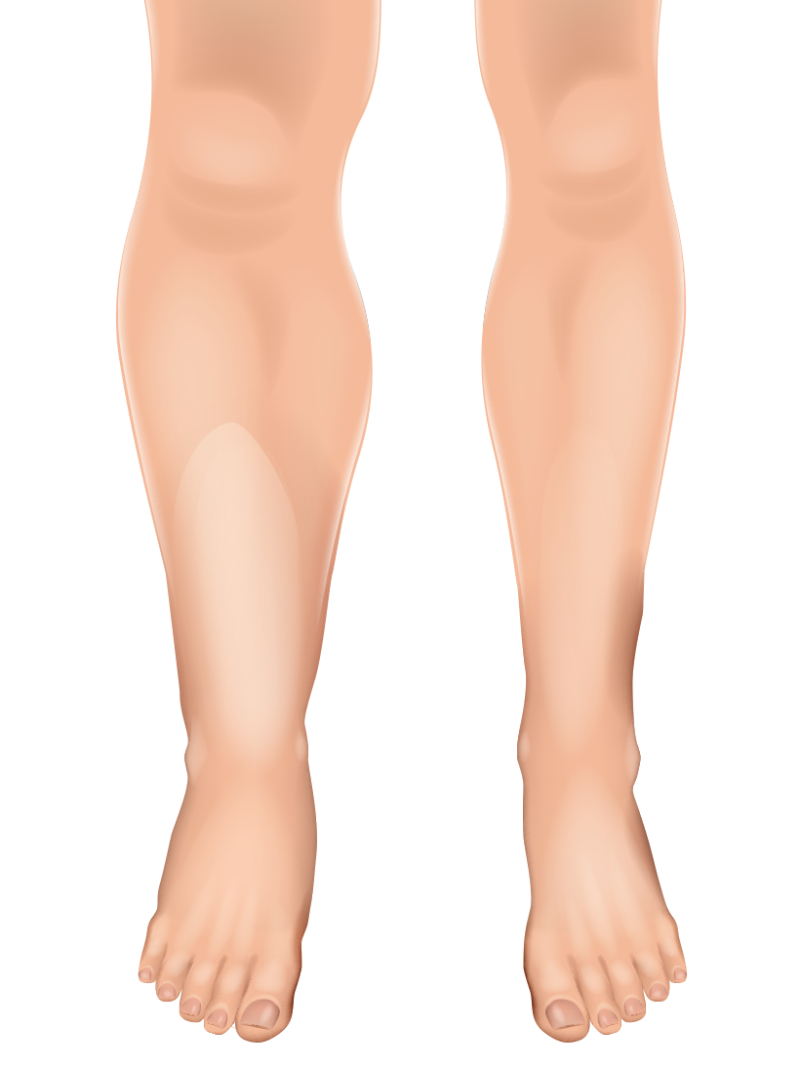About Lymphedema
Lymphedema refers to swelling that generally occurs in one of your arms or legs. Sometimes both arms and/or both legs swell. Lymphedema is most commonly caused by the removal of or damage to your lymph nodes as part of cancer treatment. It results from a blockage in your lymphatic system, which is part of your immune system. The blockage prevents lymph fluid from draining well, and the fluid buildup leads to swelling.


